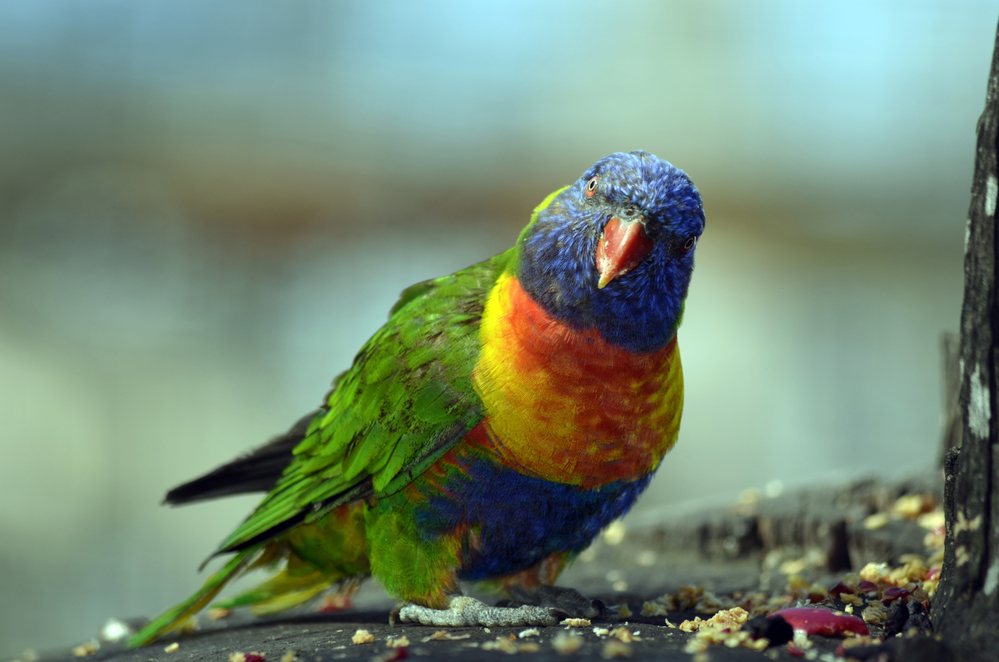Tips To Retrieve A Fly-away Pet Bird
Birds flying out and about is perhaps one of the most beautiful things to watch in nature. But as a bird owner, watching your bird literally fly out the window is an entirely different story. A bird fly-away causes panic followed by hours upon hours of retrieval efforts fueled by anxiety and sheer frustration.
Flying is the most natural activity for birds, which is why it’s also the most controversial subject in bird keeping. Some bird owners opt to clip their pet’s wings to make sure that they don’t fly too far high or away. However, some others argue that clipping only creates more trouble than providing a mutually beneficial solution for the owner and the bird.

Retrieving a fly-away
There are many ways to prevent your bird from flying out of your home. But in case your little feathered friend goes way out of sight, having an efficient retrieval system is important to ensure their safety.
When it comes to retrieving birds that were raised indoors, it’s important to keep one thing in mind: Birds come back to what’s familiar. While the first two days may be filled with fun and exploration, there comes a point when they get tired and hungry.Having been raised indoors, birds kept as pets are usually reluctant to join others who were raised in the wild. This is why they always try to seek refuge in places or to people they think they already know.
With this in mind, here are a few things you can do to bring your bird back to the safety of your home:
Be visible
Your pet will be more likely to come to humans for food and shelter after their period of fun. This is why it’s important to be visible as much as possible. Check possible locations where you think they may perch on. Wear bright colored clothes so they can see you from above.
Check the trees and posts
The first few hours after the escape is the most crucial. While the first moments will certainly be about flying as high as the bird wants, they may eventually perch on a tree somewhere near your location. Spend your first hours checking around trees and posts to check if your pet may be sitting on one of them.
Offer large chunks of food
As mentioned earlier, there comes a time after the escape when your bird comes to feel hunger. The hours they spend looking for food is one of your best bet at retrieving them. When searching for your pet, make sure to offer large chunks of food that will be visible to them from above and lure them to come closer.
Try calling your bird
You may have specific sounds and words that you use to communicate with your pet. Use them! Your pet may respond or even mimic your sound. Using familiar sounds and words may direct your pet to where you are and urge them to come closer.
Get everyone involved
Create a search party. Ask family members, neighbors and friends to help in your search. Put up posters and offer a reward. Having more pairs of eyes means a higher chance of getting your pet back.
Don’t be hasty
When you spot your bird on a tree or a nearby post, it’s important to stay calm and steady. Avoid swift movements that may cause your pet to panic and fly away. Keep everything as smooth as possible. Once they get close enough, place a towel over them or use a long-handled bird net to capture them.
Having a strong bond is the key
Whether you opt to clip your bird’s wings or not, the single best advice in bird-keeping is still to create a bond with your pet. Make sure to spend time and communicate with them. This helps establish you as their main source of care and food.
After retrieving your bird, make sure to stay close to them as much as possible. Having a recall cue and teaching your bird how to fly down to you will also help to create a bond with them.
If you find that your bird acquired scratches or injuries while they were out, visit your vets in Auckland to get immediate remedy. You can also visit our page here for high-quality bird food and mite and worm treatments.



Comments